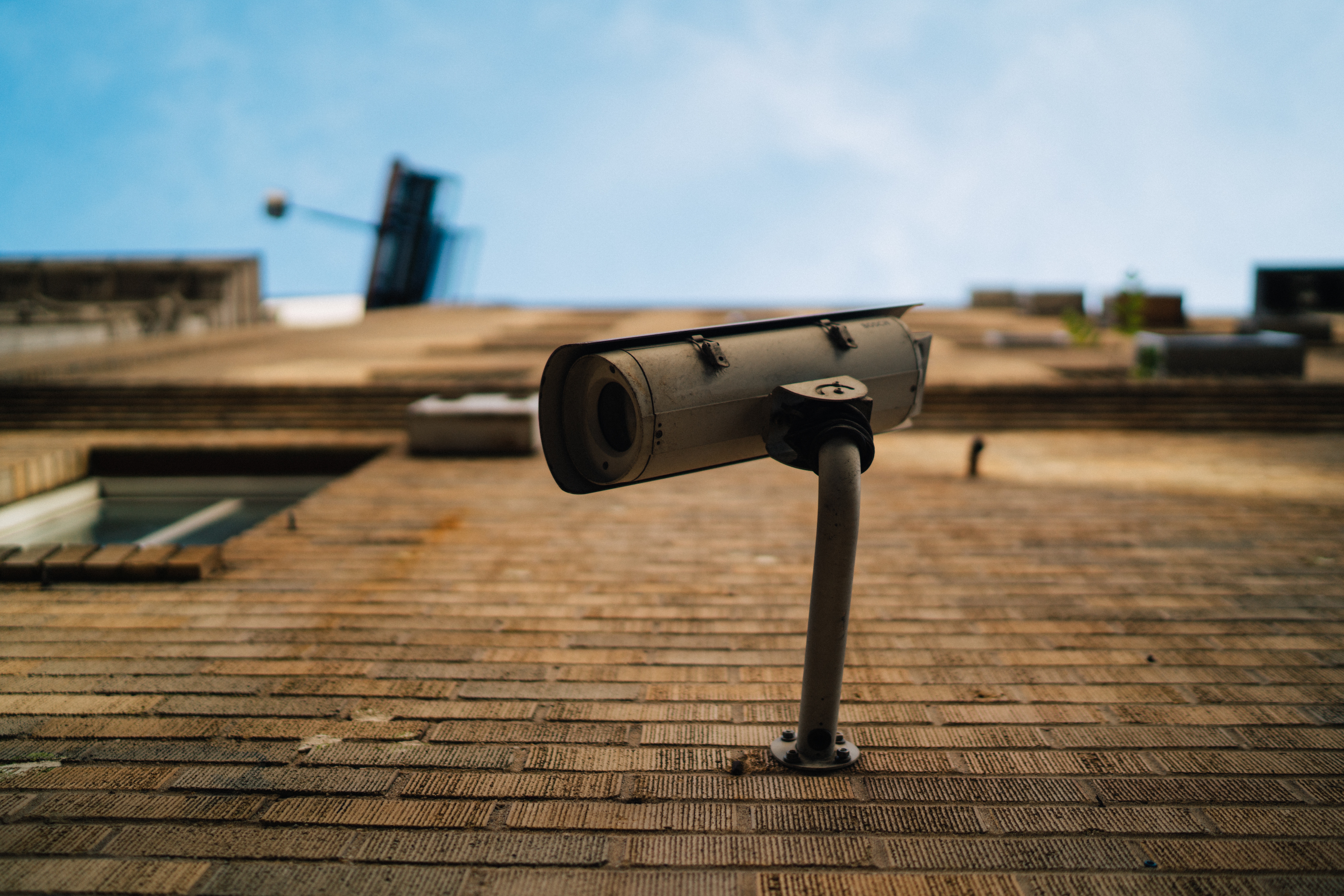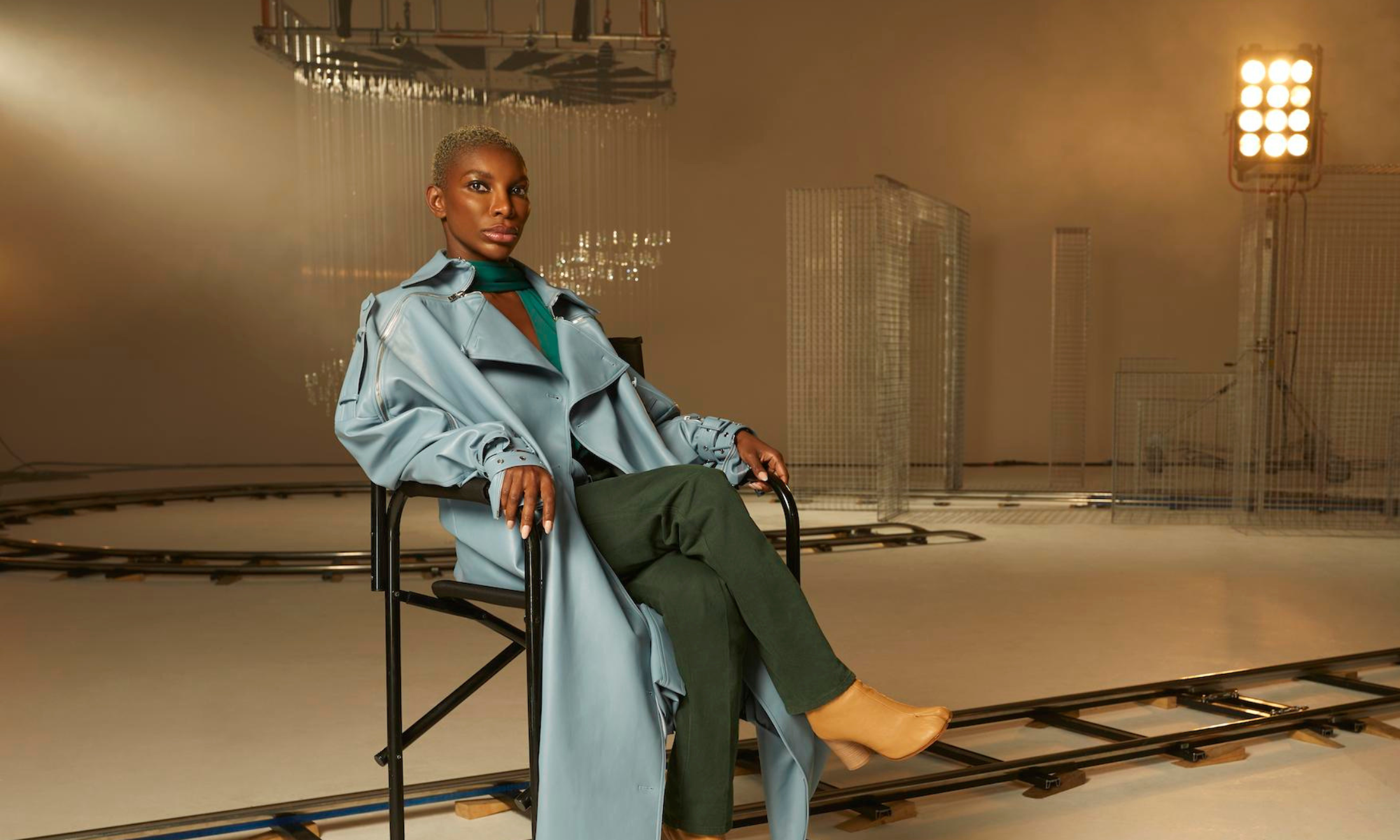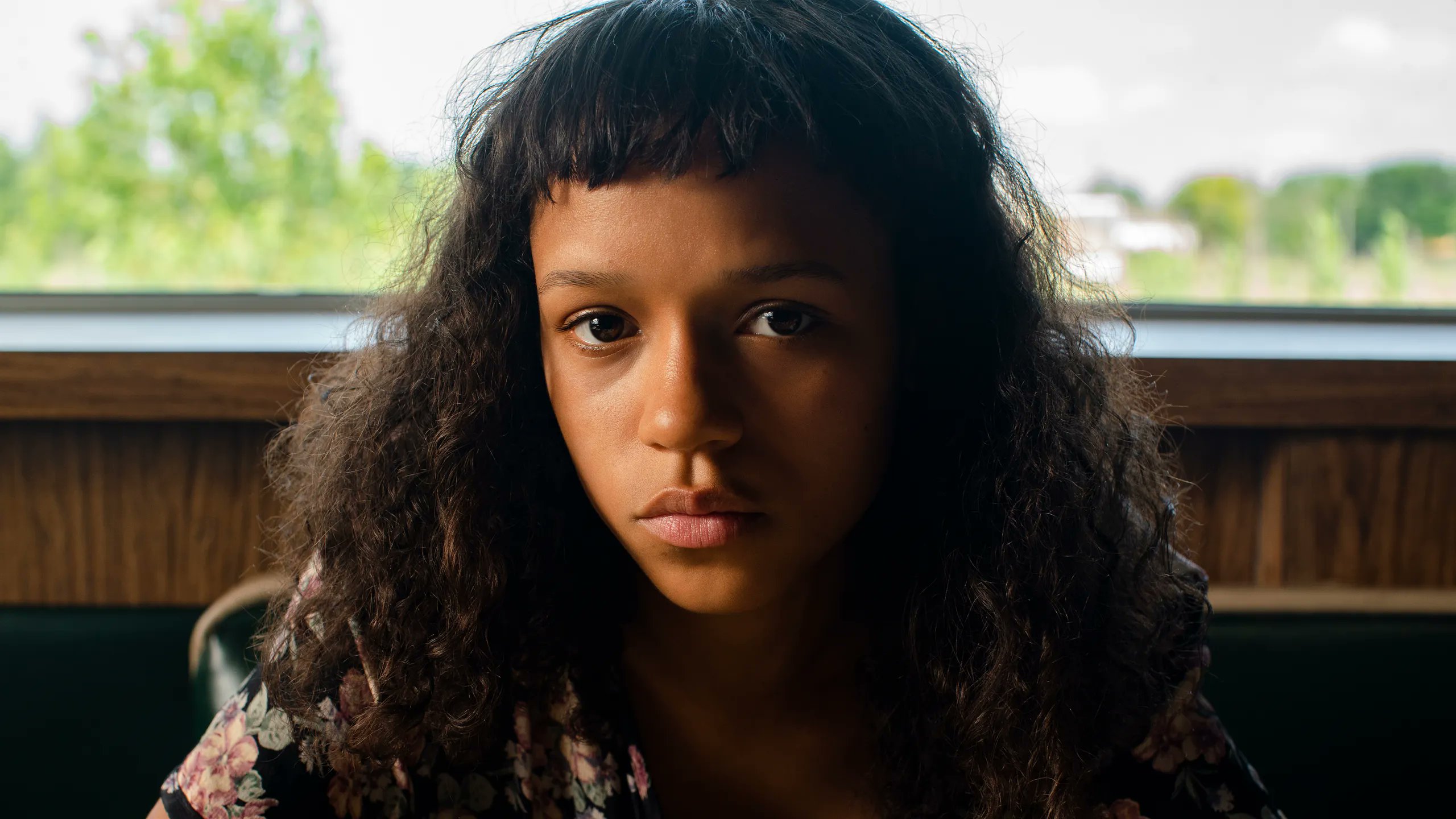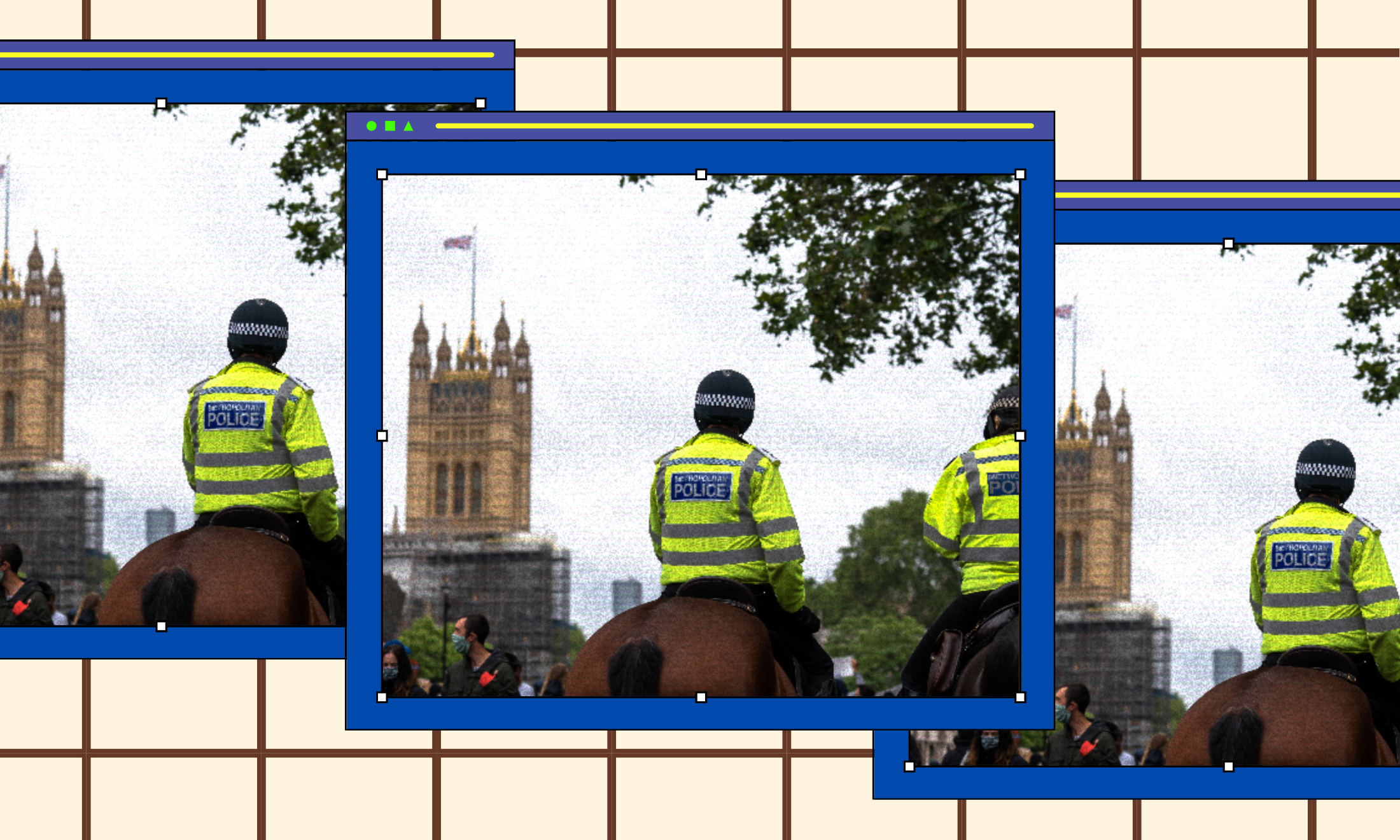
On Saturday night, 20-year old Rashan Jermaine Charles was killed by a police officer. CCTV footage shows Charles running into a corner shop in Dalston, closely pursued by the officer who then tackles him to the ground.
The CCTV images that have been circulated across the Internet are deeply upsetting, and rightly so. Although the reason behind the tackle is still unclear – a spokesperson for the Metropolitan Police stated that Charles had been “seen to be trying to swallow an object” – the brutality is undeniable.
After Charles enters the shop, the footage cuts, and we see a bystander (a white man) throwing himself onto Rashan in an effort “to help” the officer (as described by the BBC). Scotland Yard said the officer had intervened in order to “prevent the man from harming himself”. As we wait to hear more from the IPCC’s investigation, the tragedy calls for us to reflect on how images of people of colour are displayed in mainstream media, and how they relate to truth.
The CCTV footage was leaked on Twitter, providing insight into an incident that may have otherwise been covered up by the police. A friend who talked to the shopkeeper on Sunday was told that these events happen “all the time”, yet never reach mainstream news outlets. The leak offers some valuable information in our quest for truth, but also highlights a wider problem: the singularity of the prevailing point of view, formed by the gaze of the authority and law. In these circumstances, right-wing outlets like the Daily Mail are quick to label Rashan “the suspect”, in contrast to the two white men who are granted the names of “officer” and “bystander”.
But what if there was room for another point of view?
If there is a story or point of view out there that is not being represented (ours), then we need to be the one who creates it – at least those are the words spoken by Yance Ford at the ICA’s “Intimate Conversations” event held the day after Rashan was killed. Ford’s documentary Strong Island (which is out on Netflix globally this Autumn) details the story of the murder of his brother, who was shot and killed in an auto-repair shop in 1992. The grand jury was comprised entirely of white jurists, and the murderer was not indicted. The case remains sealed. This story like so many others could have remained untold, and indeed, it took Ford 15 years to tell it. However, by telling the story Ford brings us one step closer to the truth surrounding his eldest brother’s murder, and perhaps one step closer to achieving justice through the lens of empathy.
In a world where we all have the potential to be filmmakers simply by hitting “record” on our phones , the tool to create stories that differ from the mainstream narrative, and to represent people of colour from our own standpoint is quite literally in our hands. We cannot let CCTV and biased, bigoted news articles be the sole reflectors of the realities of people of colour. Of course all reportage is biased in its own way, but unless the mainstream press begins to give a platform to a multiplicity of points of view, how can we expect to see published a more humane portrayal of the world we live in?
I’ve often felt that it can be difficult to publish or even simply create something as a woman of colour, when, for so many years, history has portrayed East Asian women as quiet and reserved. People are uneasy about our opinion being voiced, and some of us lack the confidence to believe our opinion deserves to be listened to. The only way we can come closer to a more truthful reflection of our lives on screens is by diversifying of points of view that are afforded a platform.
Furthermore, as non-black people of colour, we cannot sit idly by whilst police brutalise people of colour, in particular black men and women. Not commenting on this brutality reinforces the negative stereotype of the “quiet”, “non-obstructive” citizen that we are so often stereotyped as being. We shouldn’t talk over the voices of people who understand how blackness makes them a target for police violence, but we can amplify and support them.
Rashan’s is the second police-related death in east London in recent weeks. In the case of 25-year-old Edson Da Costa, The Sun claimed that the death was related to a drugs overdose. How will CCTV footage play a role in the court of opinion for Rashan?
Trolls on Twitter are already saying that he was a “vile drug dealer” who “deserved to die” for allegedly possessing drugs. The connotations implied by CCTV footage, devoid of empathy and context, could play to his disadvantage in the verdict of his perpetrator. But this does not have to be the sole point of view on display.
Women of colour can create their own narratives through film rather than relying on the films circulated by state institutions. In a political climate that underlines a crisis in empathy, let’s make films that show more points of views.

Britain’s policing was built on racism. Abolition is unavoidable

How Pakistan’s Khwaja Sira and transgender communities are fearing and fighting for their futures

Their anti-rape performance went viral globally. Now what?






